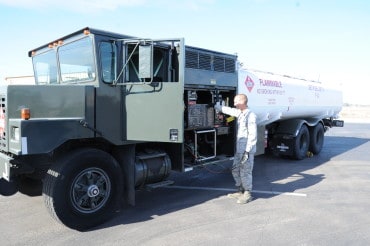
APi’s turned to one common platform to gain timely insight into a global portfolio of projects and track its delivery operations in real time.
Name of Organization: APi Group
Industry: Construction
Location: New Brighton, MN USA
Opportunity or Challenge
Enterprise resource planning (ERP) systems deliver wonders for project-oriented organizations, particularly when it comes to aligning budgets and expenditures with materials and worker time. However, there are many forms of ERP packages running across companies, and most do not talk to each other. This is a challenge for merged companies attempting to bring operations closer together and provide real-time glimpses of progress to executives.
That was the case with APi Group Inc., a multi-billion-dollar parent company to more than 40 independently managed companies in areas such as life safety, energy, specialty construction and infrastructure. The company, with more than 200 locations worldwide, has been growing rapidly in recent years, and much of this growth has been through acquiring numerous companies in various locations – totaling 40 to date.
The challenge was that many of the acquired units elected to keep their own internal systems and processes, a recent case study relates. That made it difficult for APi’s decision-makers to collect, analyze and use significant volumes of data flowing into the organization on a daily basis. APi’s executives were also challenged with understanding what was happening across the business due to project-tracking details and financial data being spread across multiple companies and systems.
The company’s leaders recognized that having real-time insights into its far-flung operations had the potential to decrease overall risk and increase profits. They recognized that to successfully fulfill contracts with its customers, project managers had to accurately plan the work, understand the status of each job in real time, and forecast whether they will have the resources necessary to complete each project on time and on budget.
How the Challenge Was Met With an ERP Platform
To obtain real-time views across its diverse operations and business units, APi’s management decided to integrate its incoming data onto a single ERP platform. The company’s existing network of legacy systems was not scalable for such a capability. “Some of the acquisitions are on their own legacy systems, so there are a lot of different systems throughout our company and we’re bringing that all together under one platform,” according to Mike McParlan, chief operating officer of APi Group, quoted in the case study.
To integrate the 40 companies it acquired over the years and provide the insight required to operate its expanding portfolio of projects, the company turned to Microsoft Dynamics AX running Adeaca as its ERP platform. The goal was to provide greater control over the planning, estimation, monitoring, and delivery of their projects.
APi’s main goal was to improve its ability to gain timely insight into its projects by creating one common platform across the organization. The company sought to track its delivery operations in real time as well as manage its global portfolio of large-scale projects. The focus was its various enterprise resource planning environments. With this solution, the functions of ERP and operational project management are managed as integrated aspects of the same system, not separate processes.
Benefits From This Initiative
The solution enables APi, a multi-billion-dollar construction firm, to standardize business processes across its portfolio of subsidiaries, providing real-time insights to executives to help make better, timelier decisions. As related in the case study, the solution saves time and ultimately money by alerting managers to issues before they become widespread problems. In addition, there is greater standardization and simplification of system processes for project managers. The company also has seen optimized workflows and reduced delays.
“It’s a game changer because it will save time, money and allow for more flexibility for the project manager, whose ability to interact with the system will get a lot simpler,” McParlan is quoted in the case study. The project managers like the way the solution is “simple to interact with, and provides the ability to set up keys ensor points, like receivables, to help them go through a project.” In addition, “setting up a budget is relatively simple compared to where we were at before. The ability to get approval on workflow has also improved for us.”
(Source: Adeaca)





























